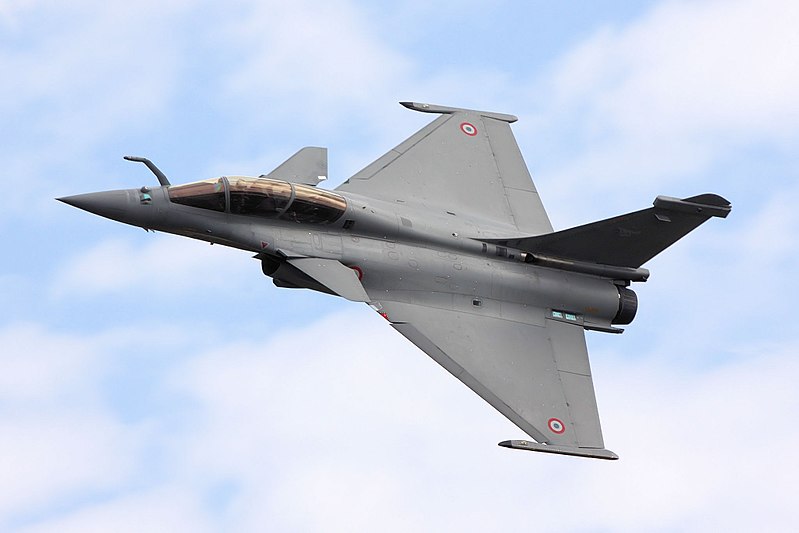After a stellar 2019, COVID-19 cast global markets into a period of uncertainty as it moved across the globe in early 2020. The impact of the virus has yet to be felt on manufacturers, but delivery and order slowdowns are expected in the first half of the year as containment efforts temporarily slow or halt work.
This puts business jet manufacturers such as Dassault Aviation in a precarious position. Up until recently, the market continued to hover on the verge of recovery with a number of key indicators trending upward, including economic growth, corporate profits, flight activity, and business and buyer confidence. By late 2019, the inventory of used jets for sale on the secondary market had declined to the lowest level in more than a decade. Demand for new jets is growing from other types of fleet operations, such as on-demand charter, membership-based platforms, and the like.
Further holding back a recovery is global uncertainty in the face of ongoing trade issues between the U.S. and Europe and China. Now a coronavirus has been added to the mix, plunging capital markets to their worst performance in years. In the early days of the outbreak, private jet usage increased as clients opted to avoid crowded airport terminals. Should this increased usage hold over the outbreak, bizjet manufacturing may be able to weather the crisis with only minimal pain.
Orders for Dassault’s Falcon business jet fell about 5 percent in 2019, down to 40 from 42 orders the previous year. As for deliveries, 40 Falcons were delivered in 2019, compared to 41 in 2018. In 2020, the Group plans to deliver 40 Falcons, though this could be reduced due to the impact of virus-related containment efforts.

As it seeks to maintain growth, Dassault has continued an expansion of its maintenance, repair and overhaul network. Most recently, the firm acquired two Swiss MRO facilities from RUAG. These long-time authorized Falcon service centers were a natural fit for the company’s expansion effort, further solidifying its footprint throughout Europe. Earlier, Dassault added two other operations to its MRO portfolio: ExecuJet and TAG Aviation. The addition of these two subsidiaries has diversified Dassault’s support services to include all types of jets in addition to the Falcon line.
Overall, Dassault concentrates its product line in the larger business jet classes. Several years ago, the company refreshed its line-up with the introduction of the Falcon 900EX and Falcon 2000EX extended-range versions. Later, new winglet-equipped versions of the 2000EX and 900EX (called the 2000LX and 900LX, respectively) replaced the EX versions in the company’s product line. In 2011, Dassault launched a super mid‑size variant of the 2000LX, dubbed the Falcon 2000S. More recently, the improved-performance Falcon 2000LXS succeeded the 2000LX in the Dassault line-up.
In 2007, Dassault’s Falcon 7X entered service. In May 2014, the company announced the Falcon 8X, a stretched version of the 7X. The all-new Falcon 6X was unveiled in February 2018, and deliveries will begin in 2022. Development of the “Future Falcon,” which has not yet been formally announced, is also underway, and is a key driver in pushing up the company’s self-funded research and development to a record EUR527 million in 2019.
Rafale Production Remains Steady
In military markets, the company’s Rafale fighter is steadily filling the export orders in its backlog. The French government has ordered 180 Rafales to date, of which approximately 152 were delivered through the end of 2019. Currently, the government plans to defer deliveries of Rafales through the end of 2021. Deliveries of the remaining aircraft on order will restart in 2022, barring a change in plans. Despite the French deferral, production has increased to meet the export demand.

An order of 24 aircraft for Egypt was completed in 2019. This will be followed by a second export order for 24 aircraft from Qatar. Qatar ordered 12 more aircraft in December 2017. Deliveries of all 36 aircraft will wrap up around 2022.
Finally, India agreed to order 36 aircraft built in France in a government-to-government deal. Deliveries are forecast to run through 2022. Meanwhile, Dassault is throwing its hat into the ring yet again as India initiates a third competition to procure 110 fighters for the Indian Air Force.
The Rafale’s success, while a long time coming, is not a surprise considering the solid reputation of past Dassault aircraft in export service. Between the various Mirage fighters (2000, 5, 50, F1, III, and IV), there have been 26 national operators, with a world inventory of 845 aircraft. It is no coincidence that India, Qatar, and Egypt are return customers to the Dassault fighter brand. France’s reliable procurement of needed repair parts, maintenance, and upgrades has cemented a loyal customer base among those 26 national operators.
Nevertheless, the export opportunities are diminishing for the aircraft. While not unexpected, the company did lose two long-shot competitions to supply Rafale fighters to Belgium and Canada. A competition in Switzerland is underway, with a selection expected in 2020.
However, France may continue to procure the aircraft to reach a requirement for 225 Rafales. An additional 45 aircraft, beyond the 180 on order, would allow the country to replace legacy combat aircraft in its fleet. With the new Future Combat Air System program in the nascent stages of development, the French government is likely to continue to fund production of the aircraft into the 2030s.
The company, along with partner Airbus, is a key contractor on Europe’s proposed Future Combat Air System (FCAS), which is slated to complement and eventually replace current-generation Eurofighter and Rafale fighter aircraft between 2035 and 2040. The program took another step forward in 2020 when France and Germany awarded the Phase 1A contract, which launches the demonstrator phase for the FCAS.
Industry officials have stressed the importance of the program in maintaining an indigenous military aircraft production capability. Phase 1B, which will require an estimated EUR1 billion investment, is expected to face some painful politicking in light of current economic conditions. However, fears of a resurgent Russia may be enough of an impetus to keep it moving along.
A military history enthusiast, Richard began at Forecast International as editor of the World Weapons Weekly newsletter. As the Internet grew in importance as a research tool, he helped design the company's Forecast Intelligence Center and currently coordinates the EMarket Alert newsletters for clients. Richard also manages social media efforts, including two new blogs: Defense & Security Monitor, covering defense systems and international issues, and Flight Plan, which focuses on commercial aviation and space systems. For over 30 years, Richard has authored the Defense & Aerospace Companies, Volume I (North America) and Volume II (International) services. The two books provide detailed data on major aerospace and defense contractors. He also edits the International Contractors service, a database that tracks all the contractors involved in the programs covered in the FI library. More recently he was appointed Manager, Information Services Group (ISG), a new unit that encompasses developing outbound content for both Forecast International and Military Periscope.




